Choose from our collection of Bathroom Radiators
Stelrad bathroom radiators are much more than their name implies, proving to be versatile heating assets for various rooms in your home. Cloakroom radiators, often overlooked for their potential, can be sourced from the bathroom radiator collection. Their compact and efficient designs fit seamlessly into small cloakroom spaces, providing warmth and functionality.
Similarly, while less common, laundry room radiators benefit from the same heating prowess as bathroom radiators. They help maintain a comfortable temperature in these spaces, ensuring that laundry chores are carried out efficiently and comfortably. Explore our range to discover how they can enhance comfort throughout your living spaces.
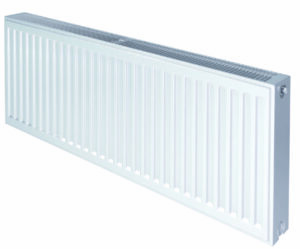
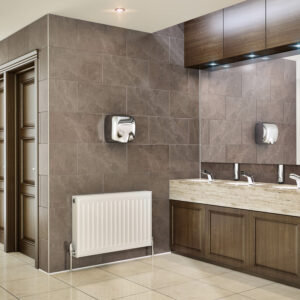
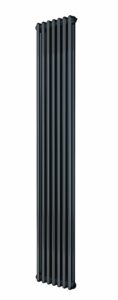
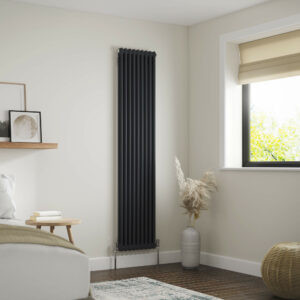
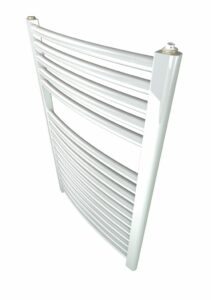
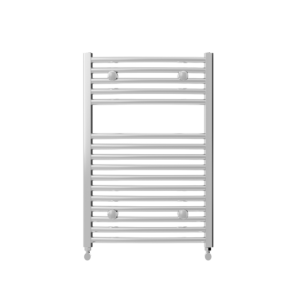
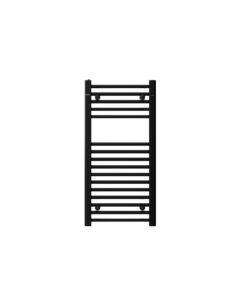
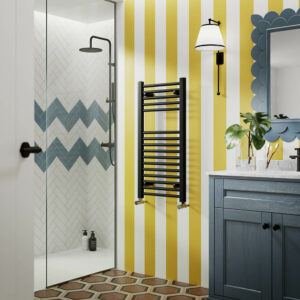
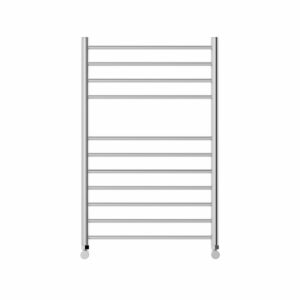
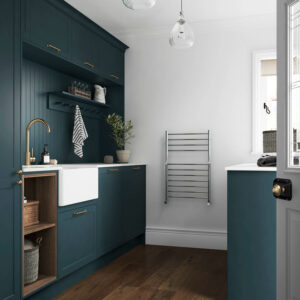

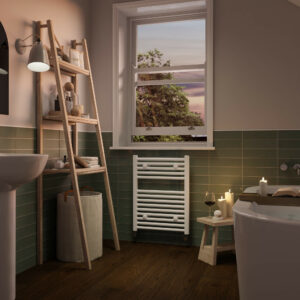


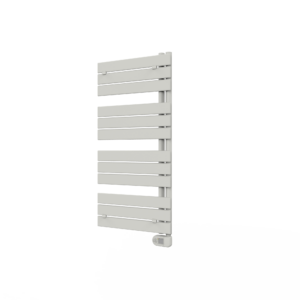
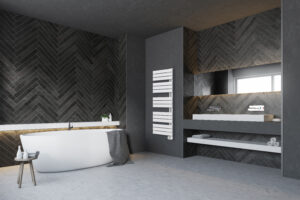
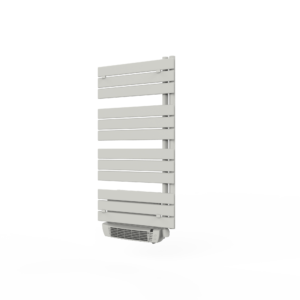
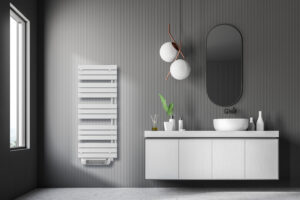
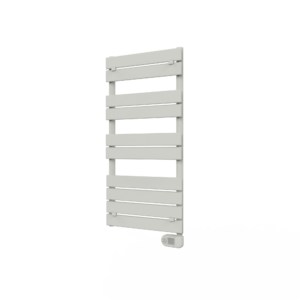
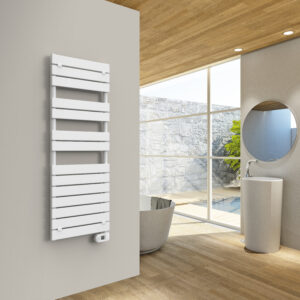
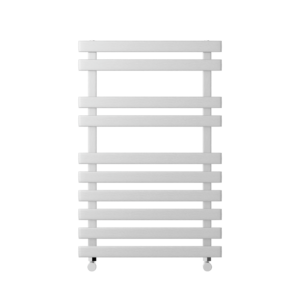
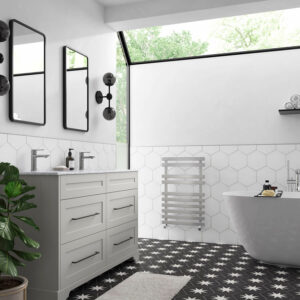

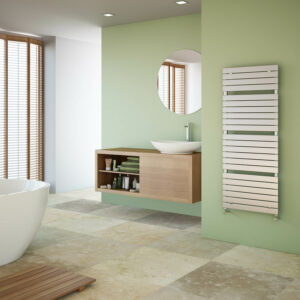
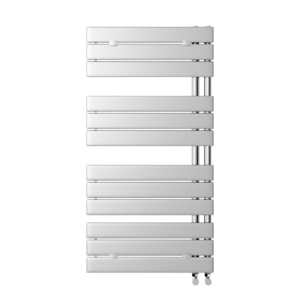
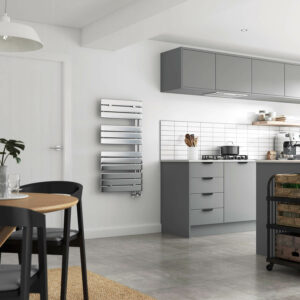
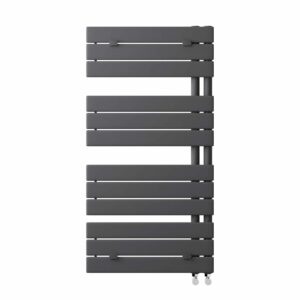
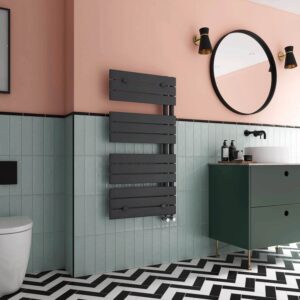
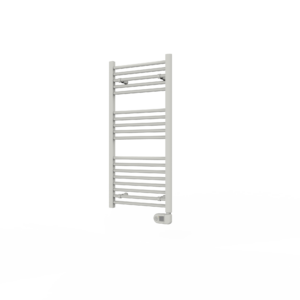
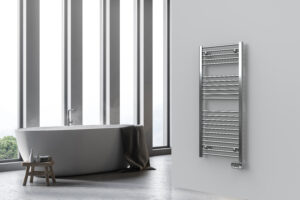
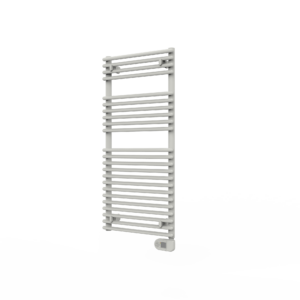
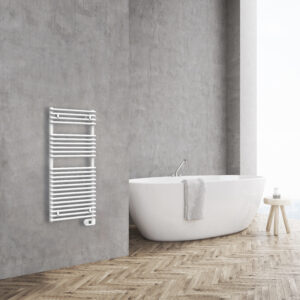
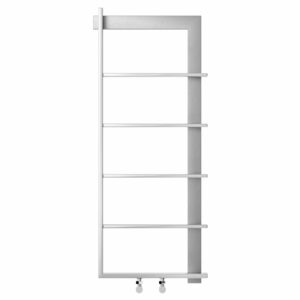
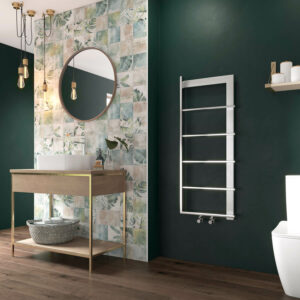



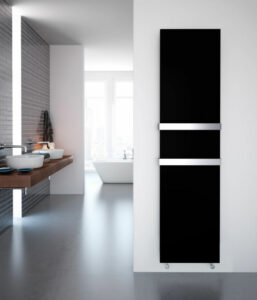
...
UK BATHROOM RADIATOR FAQS
What is a Dual Fuel Bathroom Radiator?
A dual fuel bathroom radiator is a type of radiator that combines the use of your central heating system (whether powered by gas or oil) and electricity. Dual fuel bathroom radiators are known for their flexibility and energy efficiency, making them a popular choice for the best bathroom radiators.
During colder months, when you naturally have all your bathroom radiators on, you can use central heating to power your bathroom radiator. When the weather is warmer and you don’t need the central heating on, but you still want to enjoy warm towels, you can turn on your bathroom radiator with the flick of a switch for instant heat.
We have large and small bathroom radiators, and you can create your own dual fuel bathroom radiator by adding our Towel Rail Electric Heating Element to a variety of our bathroom radiators.
How Do I Fix a Leaking Bathroom Radiator?
If you’re experiencing a leaking bathroom radiator, it’s likely due to a faulty gland nut connection in the valve. You may notice a patch of water on the bathroom floor near the bottom of the pipe leading up to the valve.
To fix the issue, first, unscrew and remove the rubber cover, and if present, remove the square stop sitting on the spindle. Then, using a spanner, remove the gland nut. Repack under the nut with 1-2 inches of PTFE tape rolled up into a string. Wrap this PTFE string around the radiator spindle, pressing it down below the thread using a small screwdriver or similar tool. Finally, replace the nut, the square stop, the rubber cover, and the screw, ensuring the rubber stopper turns with the right amount of resistance.
Other common bathroom radiator issues include rust, towel radiator leaking when cold, and towel radiator leaking from the bottom nut. To address rust on a bathroom radiator, check out our next FAQ.
How Do I Fix a Rusty Radiator?
To prevent rust on a bathroom radiator, flush it thoroughly before installation and treat it with an inhibitor afterwards. Bathroom radiator rust can be a huge problem if left untreated. If you spot existing rust on your bathroom radiator, use a strip of aluminium foil dipped in water to gently rub it away. Inhibitors will also protect against limescale and rusting.
If you have a leaking towel radiator when cold or leaking from the bottom nut, you may need to know how to bleed a bathroom radiator. We recommend contacting us if you need to know how to bleed a bathroom radiator. It’s a daunting task, but all it requires is that you turn off the heating and use a radiator key to open the bleed valve at the top. If you don’t deal with the leak, you might end up with bathroom radiator rust.
If you need to know how to turn off a bathroom radiator, locate the valve and turn the knob until it stops. If the bathroom radiator is on but the heating is off, the valve may be faulty and require replacement.




